How Do You Find Hidden Cameras?
In today's world, privacy is a growing concern, and the possibility of hidden cameras in places where we expect privacy can be unsettling. Whether you're in a hotel room, an Airbnb, or even your own home, the thought of being watched without your consent is disturbing. Fortunately, there are several methods and tools you can use to detect hidden cameras. This article will guide you through practical steps to find hidden cameras and ensure your privacy is protected.
Understanding Hidden Cameras
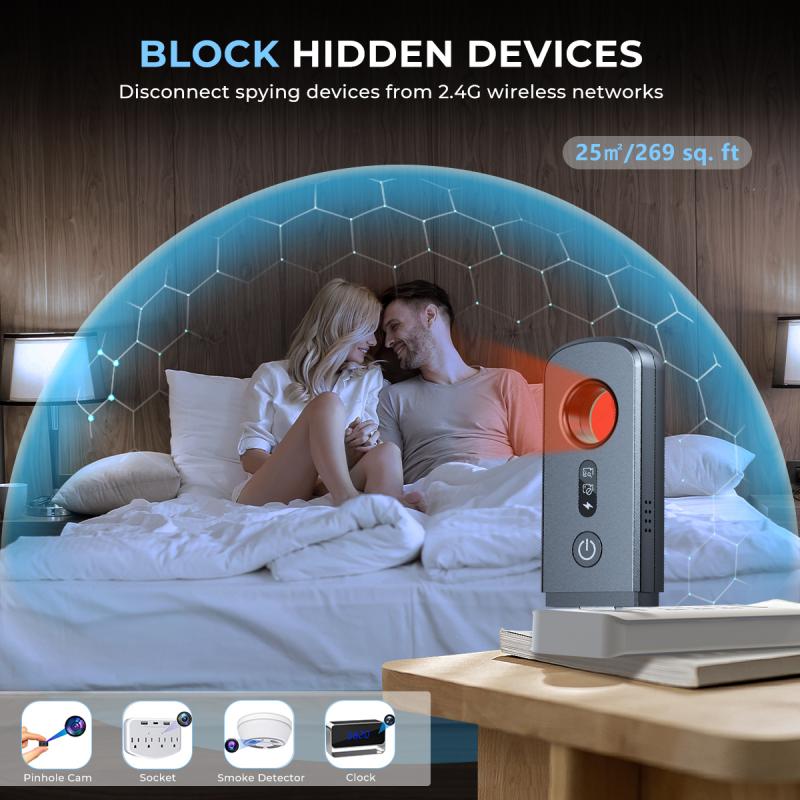
Hidden cameras come in various shapes and sizes, and they can be concealed in everyday objects such as smoke detectors, alarm clocks, air purifiers, and even electrical outlets. These devices are designed to blend into their surroundings, making them difficult to spot with the naked eye. However, with a bit of knowledge and the right tools, you can increase your chances of detecting them.
Visual Inspection
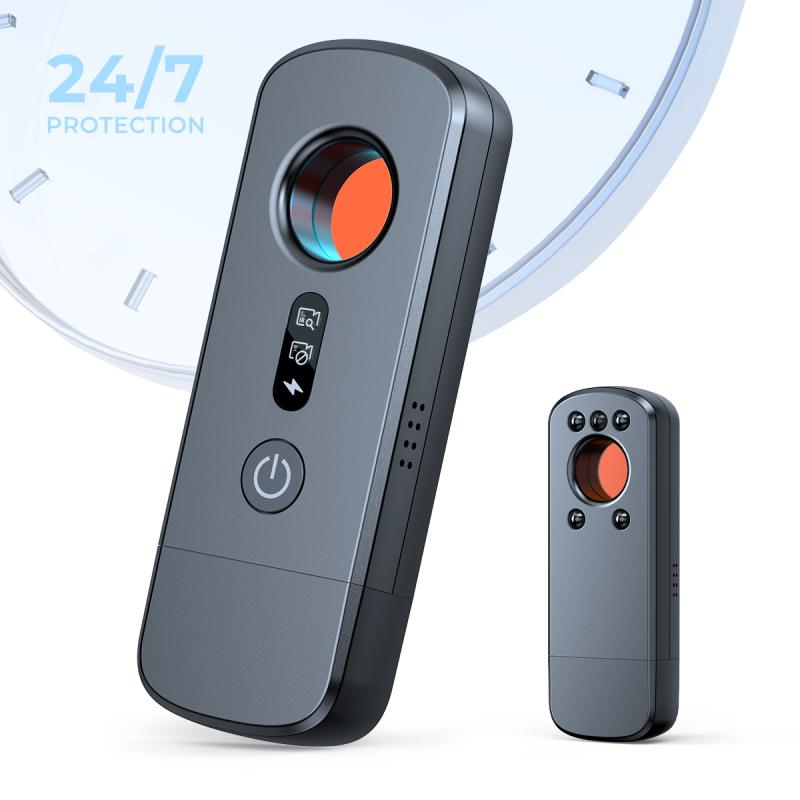
The first step in finding hidden cameras is a thorough visual inspection of the area. Here are some tips to help you conduct an effective search:
1. Look for Unusual Objects: Pay attention to objects that seem out of place or have an unusual design. Hidden cameras are often disguised as common items, but they may have subtle differences. For example, a smoke detector with a small lens or an alarm clock with an extra wire could be a hidden camera.
2. Check for Small Holes or Lenses: Cameras need a clear line of sight to capture footage, so look for small holes or lenses in objects. These could be pinhole cameras, which are tiny and can be easily concealed.
3. Inspect Mirrors: Some hidden cameras are placed behind two-way mirrors. To check if a mirror is a two-way mirror, place your finger on the glass. If there is a gap between your finger and its reflection, it's a regular mirror. If there is no gap, it could be a two-way mirror with a camera behind it.
4. Examine Electrical Devices: Hidden cameras often require a power source, so inspect electrical devices such as smoke detectors, alarm clocks, and air purifiers. Look for any unusual wires or components that don't seem to belong.
Using Technology to Detect Hidden Cameras
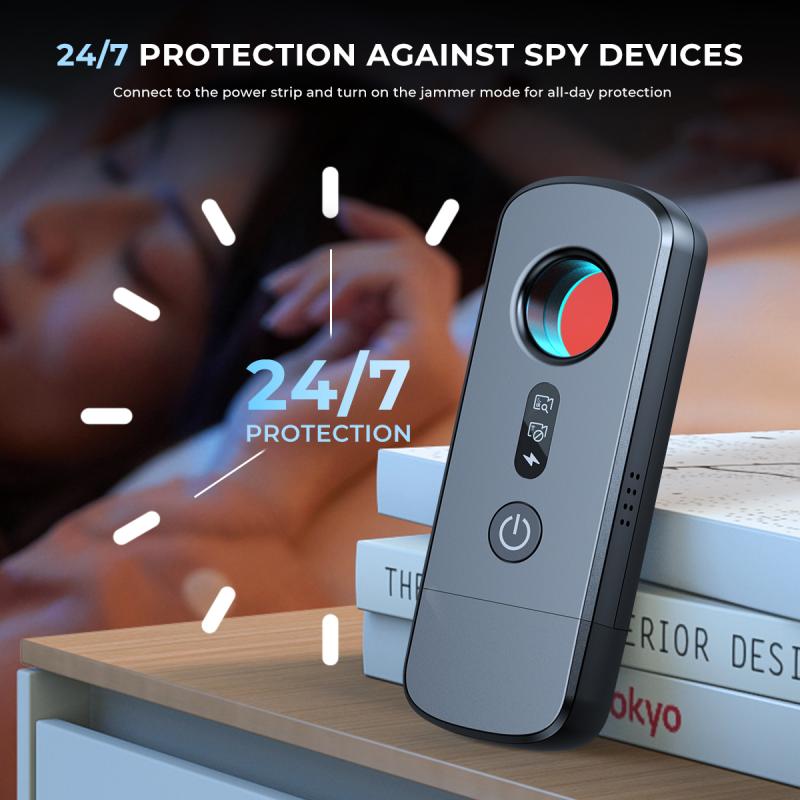
While a visual inspection is a good starting point, technology can significantly enhance your ability to detect hidden cameras. Here are some tools and techniques you can use:
1. RF (Radio Frequency) Detectors: Hidden cameras often transmit data wirelessly, and RF detectors can pick up these signals. These devices scan for radio frequencies commonly used by hidden cameras and alert you if they detect any suspicious signals. Simply walk around the room with the RF detector, and it will notify you of any potential hidden cameras.
2. Infrared (IR) Detectors: Many hidden cameras use infrared light for night vision. You can use an IR detector or even your smartphone's camera to detect these lights. Turn off the lights in the room and use the IR detector or smartphone camera to scan for any small, glowing lights that are not visible to the naked eye.
3. Lens Detectors: Lens detectors are specialized devices that can help you find hidden camera lenses. These devices emit a red light that reflects off camera lenses, making them easier to spot. Simply scan the room with the lens detector, and any hidden camera lenses will reflect the red light back to you.
4. Smartphone Apps: There are several smartphone apps available that can help you detect hidden cameras. These apps use your phone's camera and other sensors to scan for hidden cameras. While not as reliable as dedicated detectors, they can be a useful tool in your search.
Practical Steps to Take
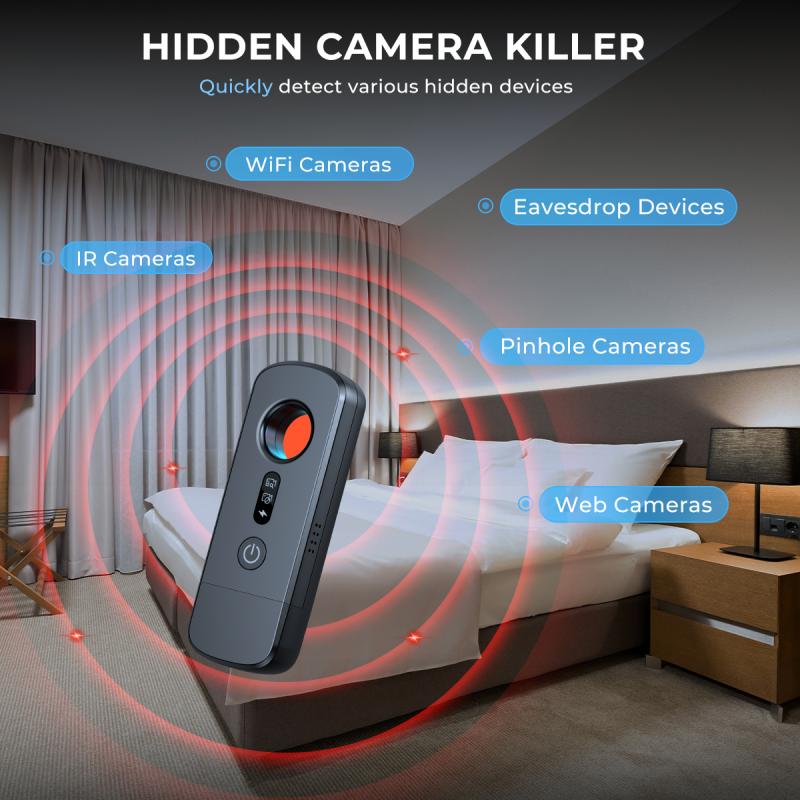
Now that you know the tools and techniques for detecting hidden cameras, here are some practical steps to follow:
1. Conduct a Thorough Visual Inspection: Start by visually inspecting the room, paying close attention to unusual objects, small holes, and electrical devices. Use a flashlight to help you see into dark corners and behind objects.
2. Use an RF Detector: After your visual inspection, use an RF detector to scan the room for any wireless signals. Pay special attention to areas where you suspect a hidden camera might be placed.
3. Check for Infrared Lights: Turn off the lights in the room and use an IR detector or your smartphone camera to scan for any infrared lights. Look for small, glowing lights that are not visible to the naked eye.
4. Scan with a Lens Detector: Use a lens detector to scan the room for hidden camera lenses. The red light emitted by the detector will reflect off any camera lenses, making them easier to spot.
5. Use Smartphone Apps: If you don't have access to dedicated detectors, use smartphone apps to help you scan for hidden cameras. While not as reliable, they can still be a useful tool in your search.
What to Do If You Find a Hidden Camera
If you do find a hidden camera, it's important to take the following steps:
1. Document the Evidence: Take photos and videos of the hidden camera and its location. This documentation can be useful if you need to report the incident to authorities.
2. Do Not Touch the Camera: Avoid touching or tampering with the hidden camera, as this could destroy evidence. Leave it in place until authorities can investigate.
3. Report the Incident: Contact the property owner, management, or law enforcement to report the hidden camera. Provide them with the documentation you collected and any other relevant information.
4. Protect Your Privacy: If you're in a hotel or rental property, request a different room or accommodation. If you're in your own home, consider installing security measures to prevent future incidents.
Finding hidden cameras can be a daunting task, but with the right knowledge and tools, you can protect your privacy and ensure your peace of mind. Start with a thorough visual inspection, use technology such as RF detectors, IR detectors, and lens detectors, and follow practical steps to detect hidden cameras. If you do find a hidden camera, document the evidence, report the incident, and take steps to protect your privacy. By being vigilant and proactive, you can safeguard your personal space from unwanted surveillance.

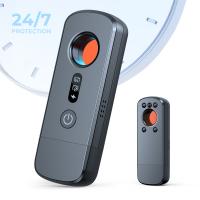

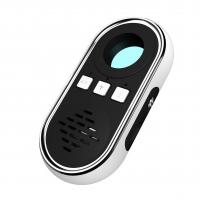
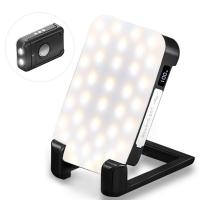
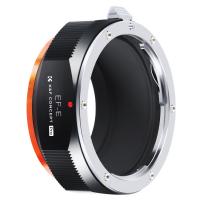
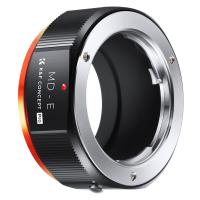
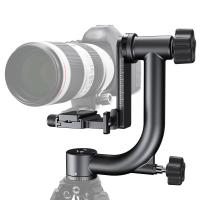
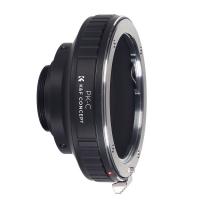

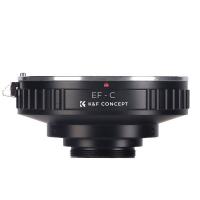
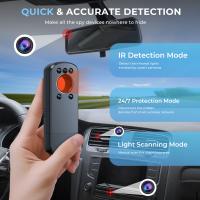
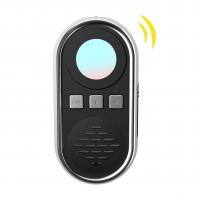

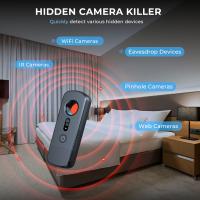



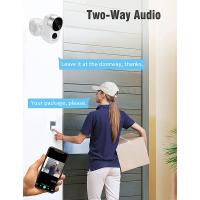
There are no comments for this blog.